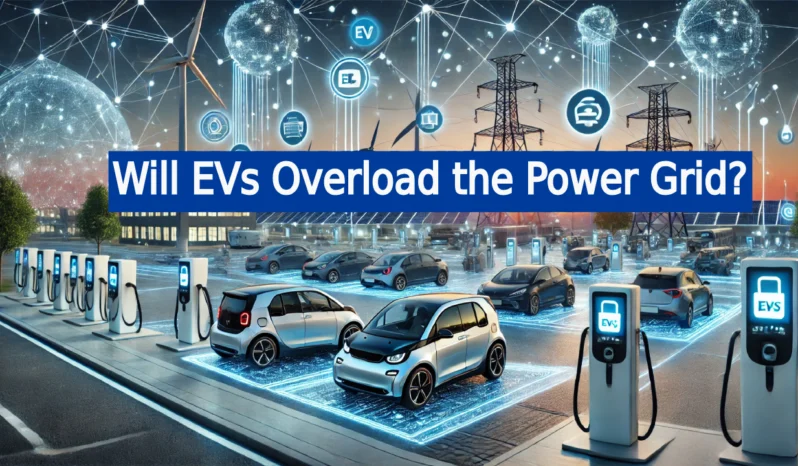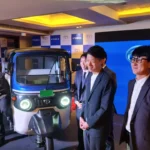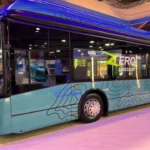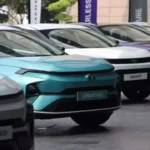As the adoption of electric vehicles (EVs) accelerates, concerns have surfaced about potential stress on the electrical grid. Some believe that a surge in EVs will lead to blackouts or overload the infrastructure. However, experts and recent studies reveal that EVs can be integrated without destabilizing the grid, especially with smart management techniques. Here’s a breakdown of why these fears are largely unfounded and how EVs can coexist with our current and future power infrastructure.
Grid Capacity and Future Demand
The increase in electricity demand due to EVs is not as drastic as often assumed. The U.S. grid, for instance, has been shown to have sufficient capacity to handle millions of EVs without requiring immediate, massive upgrades. According to Columbia University’s Electrical Engineering Department, EVs currently contribute only a small fraction of total energy demand. For example, even in states like California with high EV adoption, EVs only accounted for about 0.4% of grid energy use during peak times as of recent data, with future projections indicating only moderate increases in overall demand.
The Role of Smart Charging
Smart charging is one of the key strategies to prevent grid overload. By incentivizing off-peak charging, utilities can distribute energy demand more evenly throughout the day, avoiding peak times when the grid is most strained. Off-peak charging—usually done at night or when solar energy production is high—provides grid operators with flexibility to balance supply and demand efficiently. According to studies, the grid could theoretically charge up to 80 million EVs overnight, avoiding high-demand periods without additional strain.
Modernization and Renewable Integration
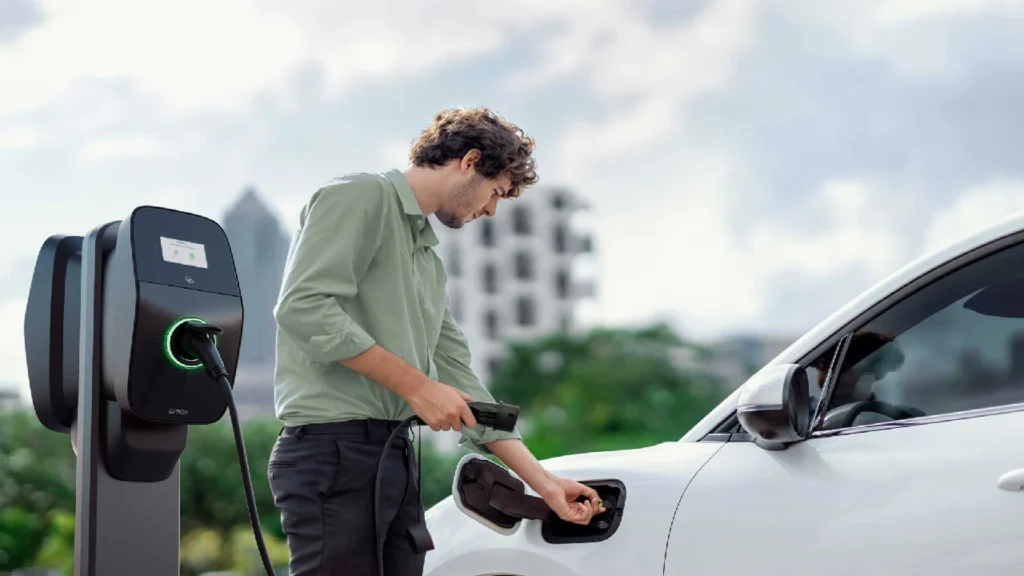
Experts Weigh In
Industry experts highlight the importance of careful grid planning and collaboration between automakers, utilities, and governments. Chaz Teplin, a principal at the Rocky Mountain Institute, notes that while EVs will increase load, this growth is manageable and in line with historical increases seen during periods of technological expansion, such as the proliferation of air conditioning. Teplin emphasizes that utilities are well-positioned to manage this load, especially with smart infrastructure investments in place.
Nick Nigro, founder of Atlas Public Policy, echoes this by pointing out that electric vehicles, unlike appliances that run continuously, provide flexibility in when they draw power. This flexibility makes them uniquely suitable for managed charging systems that help avoid peak-hour stress.
The myth that EVs will overwhelm the power grid fails to consider the nuances of grid management, the flexibility of EV charging, and ongoing infrastructure modernization efforts. Smart charging, demand management, and renewable energy integration all play pivotal roles in ensuring that electric vehicles not only fit into the existing grid structure but can potentially strengthen it in the long run. With careful planning and technology development, the grid can handle and even benefit from the widespread adoption of EVs. As utilities and governments work to enhance grid capacity, the EV transition continues to move forward as a sustainable solution for future mobility.ELCTRIK Speaks

